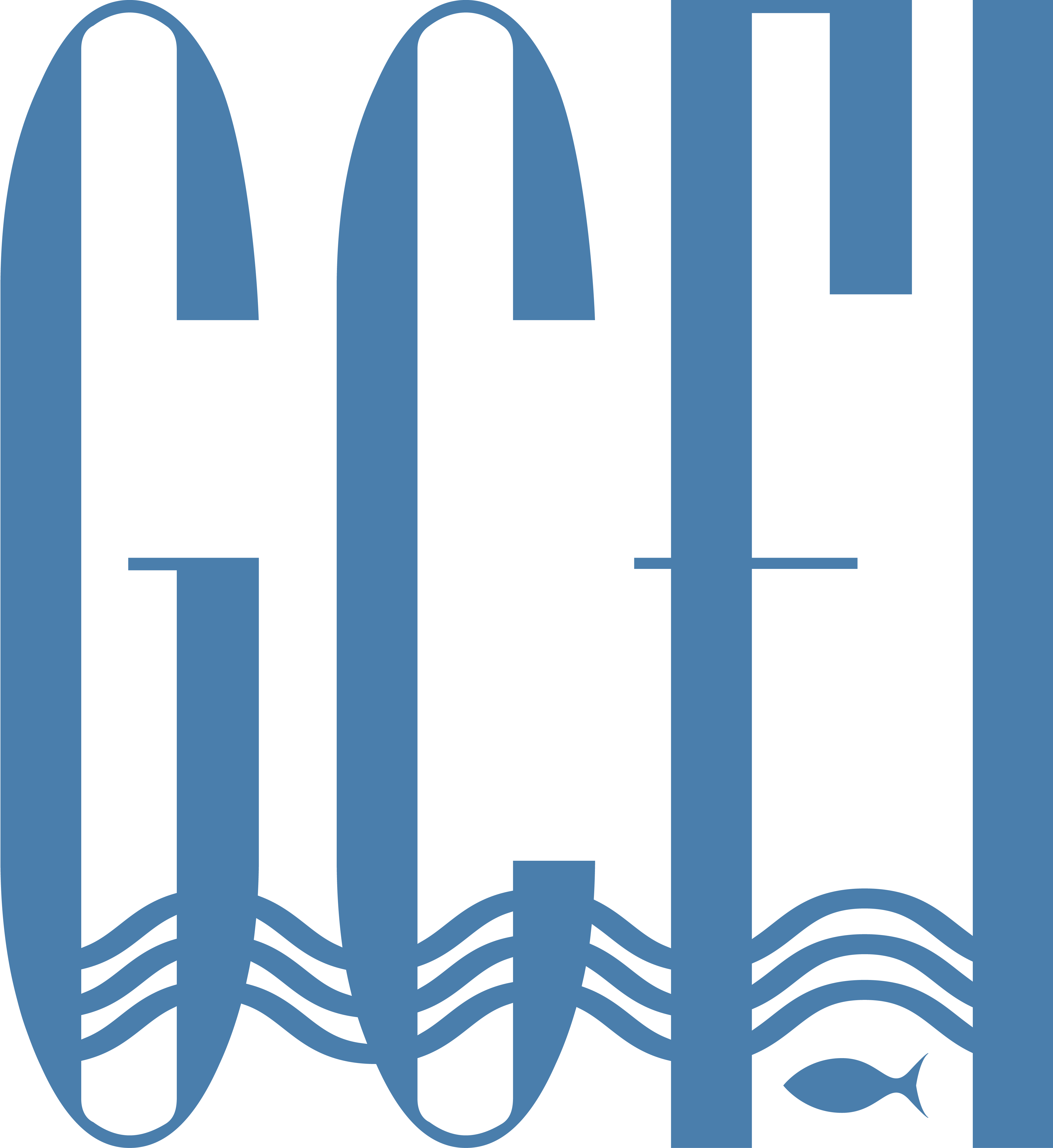Home > GCR > Vol. 32 > Iss. 1 (2021)
Alternate Title
Feeding Habits of the Non-Native Mayan Cichlid, Mayaheros urophthalmus, in Estuarine Tributaries of Southwest Florida
Document Type
Article
Abstract
Foraging habits of the non—native Mayan Cichlid (Mayaheros urophthalmus) were investigated in the tidal tributaries to the Estero Bay and Wiggins Pass estuaries in southwest Florida (USA) during 2011—2013. Dietary analysis was conducted by identifying contents in the digestive tracts of 747 fish and volumetrically measuring the food items. Detritus was the predominant food item by frequency (97–100%), volume (34–48%), and alimentary importance index (47–64%). Bivalves, gastropods, decapod and cirriped crustaceans, coleopterans, serpulid polychaetes, and fish scales frequently (>50%) occurred in samples but volume and importance differed among tributaries. Results indicate that the Mayan Cichlid in southwest Florida tidal tributaries is an opportunistic predator of hard—shelled invertebrates. Although there was considerable overlap in dietary composition, percent volume of food items was significantly different among tributaries during dry seasons. In each tributary, detritus was consumed in greater percentage during the dry season and benthic invertebrates were consumed in greater percentages during the wet season. Consumption of detritus, algae, and plant material may be incidental to predation on benthic invertebrates but more information is needed on digestion and assimilation of food items. Variability in diet among the tributaries in the current study and among other studies was presumably a function of habitat characteristics and the corresponding availability of prey types.
.
First Page
57
Last Page
66
DOI Link
Smoak and Schmid Table S1
Recommended Citation
Smoak, C. H. and J. R. Schmid.
2021.
Feeding Habits of the Non-Native Mayan Cichlid, Mayaheros urophthalmus, in Estuarine Tributaries of Southwest Florida.
Gulf and Caribbean Research
32
(1):
57-66.
Retrieved from https://aquila.usm.edu/gcr/vol32/iss1/8
DOI: https://doi.org/10.18785/gcr.3201.08





